- Home
- Fleet Vehicle Maintenance
- Vehicle Accessories
Vehicle Accessories
Accessories aid in the performance and maintenance of vehicles. Backup alarms, horns, and sirens prevent collisions by alerting pedestrians and other motorists of a vehicle's movement. Vehicle camera systems enhance driver visibility to increase safety when sight is limited. GPS units and accessorie .....Read More
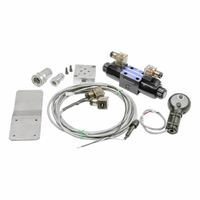
Electro-hydraulic Third Function Kits for Tractors
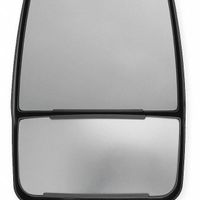
Exterior Vehicle Accessories
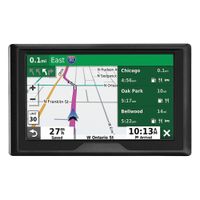
GPS Units & Accessories
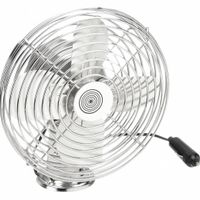
Interior Vehicle Accessories
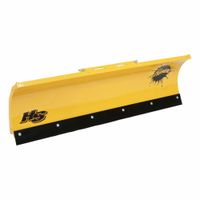
Snow Plows, Pushers & Equipment
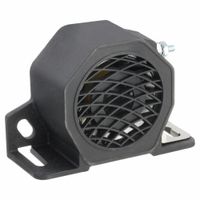
Vehicle Backup Alarms, Horns & Sirens
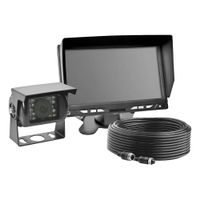
Vehicle Camera Systems
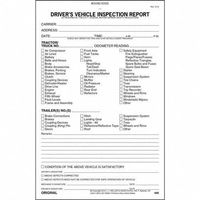
Vehicle Inspection & Documentation
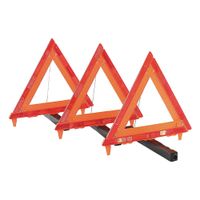
Vehicle Safety Accessories
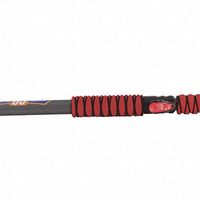
Vehicle Snow Brushes, Brooms & Ice Scrapers
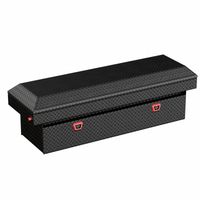
Vehicle Storage
Frequently Asked Questions
What are the benefits of using backup alarms, horns, and sirens in vehicles?
How do vehicle camera systems improve driver safety?
What features should I look for in a GPS unit for my vehicle?
How can vehicle storage products help organize my truck or van?
What are the best vehicle safety accessories to enhance visibility?
How do snow removal products improve vehicle visibility?
What are the requirements for vehicle inspection and documentation products?
How do electro-hydraulic third-function tractor kits work with skid-steer attachments?
What are the advantages of using vehicle camera systems for limited sight conditions?
How do GPS accessories enhance vehicle tracking and navigation?